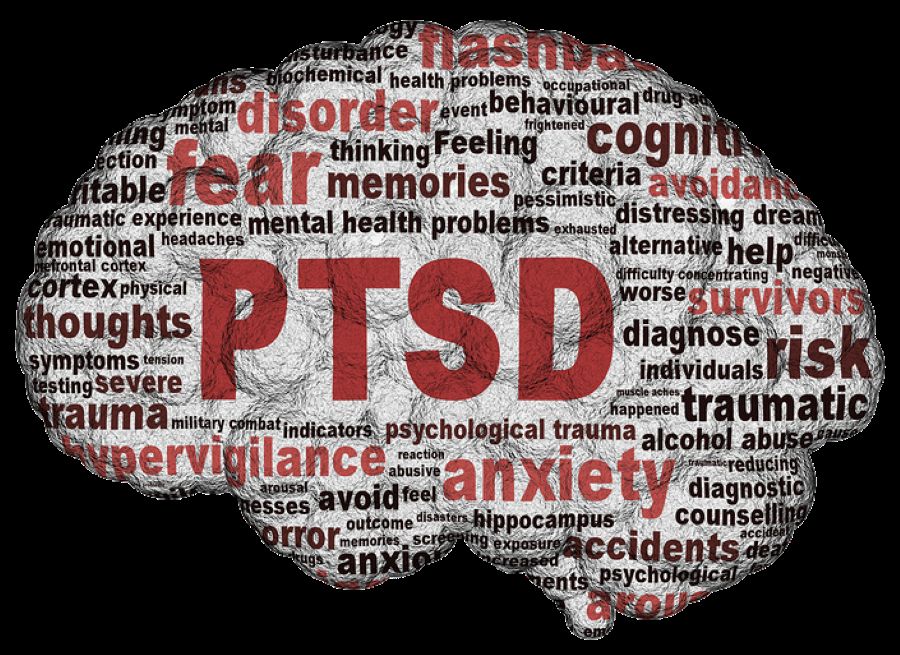Post-Traumatic Stress Disorder (PTSD) affects millions, making effective treatment essential. With various therapy options available, choosing the right one can feel overwhelming. Having worked extensively with trauma survivors, I’ve seen firsthand how the right therapy can transform lives. This article breaks down the most well-researched PTSD therapies: Prolonged Exposure (PE), Cognitive Processing Therapy (CPT), and Eye Movement Desensitization and Reprocessing (EMDR). We’ll compare their effectiveness, methodologies, and suitability for different individuals to help you make an informed decision.
Key Takeaway: There is no single “best” PTSD therapy—each approach has unique strengths, and the most effective treatment depends on the individual.
Understanding PTSD and Its Impact
What is PTSD?
PTSD is a mental health condition triggered by experiencing or witnessing a traumatic event. Symptoms can include flashbacks, nightmares, severe anxiety, and emotional numbness, often disrupting daily life. In my practice, I’ve seen how these symptoms can leave individuals feeling disconnected from themselves and others, making daily functioning incredibly difficult.
How PTSD Affects Individuals
For those seeking trauma-focused therapy, consider exploring Trauma Therapy Services for more specialized support.
PTSD doesn’t just impact the mind—it affects relationships, work, and overall well-being. Without treatment, symptoms can persist for years, making it difficult for individuals to rebuild their sense of safety and trust. Many clients tell me they feel “stuck” in their trauma, reinforcing the need for effective interventions that truly work.
The Three Leading PTSD Therapies
1. Prolonged Exposure Therapy (PE)
- How it Works: PE focuses on gradually confronting trauma-related memories and situations in a controlled, therapeutic environment. Patients repeatedly recount their trauma and engage in exposure exercises to reduce fear responses.
- Effectiveness: Studies show PE significantly reduces PTSD symptoms over time, especially in individuals who avoid trauma-related thoughts and environments.
- Best for: Individuals struggling with avoidance behaviors and those comfortable with structured, repetitive sessions.
- Clinical Insight: Clients I’ve worked with who engage in PE often describe the process as challenging but transformative. Facing the trauma rather than avoiding it can be incredibly empowering.
- Supporting Research: A Journal of Anxiety Disorders meta-analysis found PE to be one of the most effective treatments for chronic PTSD, with long-term symptom reduction. [Oxford University]
2. Cognitive Processing Therapy (CPT)
- How it Works: CPT is a structured cognitive-behavioral approach that helps individuals recognize and reframe negative thoughts about their trauma.
- Effectiveness: Research indicates CPT is highly effective, particularly for people who struggle with guilt, self-blame, and distorted beliefs related to their trauma.
- Best for: Those who prefer a structured, logical approach to therapy and want to change negative thought patterns.
- Clinical Insight: I often recommend CPT to clients who struggle with deep-seated self-blame. Watching individuals regain control of their narratives is one of the most rewarding aspects of my work.
- Supporting Research: Studies from the National Center for PTSD highlight that CPT significantly improves PTSD symptoms in both civilian and military populations.[National Center for PTSD]
3. Eye Movement Desensitization and Reprocessing (EMDR)
- How it Works: EMDR uses guided eye movements to help the brain process traumatic memories in a less distressing way.
- Effectiveness: EMDR has been found to be as effective as PE and CPT, often showing faster symptom relief.
- Best for: Individuals who struggle to verbalize their trauma and prefer a non-verbal therapeutic approach.
- Clinical Insight: Many of my clients prefer EMDR because it doesn’t require extensive verbal recounting of trauma. This can be particularly beneficial for those who feel emotionally overwhelmed by traditional talk therapy.
- Supporting Research: A study found EMDR effective in reducing PTSD symptoms in fewer sessions compared to traditional cognitive-behavioral therapy. [EMDR International Assoc.]
Comparing the Therapies: Which is Right for You?
-
Prolonged Exposure Therapy (PE): Uses gradual exposure to trauma-related memories to reduce avoidance behaviors. Best for individuals struggling with avoidance but may be difficult for those hesitant to revisit trauma.
-
Cognitive Processing Therapy (CPT): Focuses on identifying and restructuring negative thought patterns. Ideal for those dealing with self-blame and distorted beliefs but requires active participation.
-
Eye Movement Desensitization and Reprocessing (EMDR): Uses eye movement techniques to help process traumatic memories. Suitable for individuals who struggle with verbalizing their trauma, but not all therapists are trained in this method.
Which Therapy is the Most Effective?
Studies indicate PE, CPT, and EMDR are all effective, with comparable success rates. The best choice depends on individual comfort levels, therapy goals, and personal experiences with trauma.
Pro Tip: If you’re unsure which therapy is best for you, consider speaking with a licensed mental health professional who can assess your needs and recommend the most suitable approach. You can reach out here to schedule a call.
For those dealing with co-occurring mental health challenges, our Depression and PTSD Treatment resources provide additional support.
Complementary and Emerging PTSD Treatments
For individuals seeking support from loved ones, Family Therapy for PTSD can be an effective way to foster understanding and healing.
While PE, CPT, and EMDR remain the gold standards, additional treatments can enhance recovery:
- Mindfulness-Based Therapy: Helps individuals stay present and manage emotional distress.
- Medication: Antidepressants and anti-anxiety medications can support therapy outcomes.
- Virtual Reality Exposure Therapy (VRET): A newer approach using VR to recreate trauma-related environments safely.
- Clinical Insight: I often integrate mindfulness techniques into therapy sessions to help clients regulate their emotions between sessions.
- Supporting Research: Studies suggest that combining therapy with mindfulness-based interventions enhances treatment outcomes. [PsycNet]
Choosing the Right PTSD Therapy
If you’re looking for one-on-one support, our Individual Counseling Services may be a good option.
Factors to Consider:
- Personal Comfort: Would you prefer talking through your trauma, changing thought patterns, or using eye movement techniques?
- Therapist Availability: Not all therapists are trained in all methods.
- Severity of Symptoms: Some therapies work better for severe cases, while others suit mild-to-moderate PTSD.
- Time Commitment: PE and CPT require structured sessions, while EMDR may show quicker results.
Consulting a Professional
For those who prefer remote therapy options, Online PTSD Counseling is available to provide flexible and accessible support.
If you’re unsure, speaking with a mental health professional can help match the right therapy to your unique needs. The first step is often the hardest, but finding the right therapist can make all the difference in the healing journey.
Next Step: If you’re ready to explore therapy options, consider scheduling a consultation with a licensed trauma therapist. You can do that here.
Moving Forward and Your Path to Healing
PTSD is highly treatable, and finding the right therapy can be life-changing. Prolonged Exposure, Cognitive Processing Therapy, and EMDR each offer unique benefits, and the best choice depends on your comfort level and symptoms. If you’re considering therapy, reach out to a licensed mental health provider to discuss your options.
From my experience, healing isn’t just about reducing symptoms—it’s about regaining your sense of self. The right therapy can help you move forward, rebuild trust, and reclaim your life.
Looking for guidance on your PTSD treatment journey? We offer compassionate, evidence-based support tailored to your needs. Schedule a consultation today and take the next step toward healing.
Contact us today to explore therapy options tailored to your needs.
Frequently Asked Questions (FAQs)
1. Can PTSD be cured completely?
While PTSD can be effectively managed, some individuals may experience lingering symptoms. Therapy significantly improves quality of life and coping skills.
2. How long does PTSD treatment take?
- PE & CPT: Typically 8-12 sessions.
- EMDR: May show results within 6-8 sessions.
3. Are there risks with PTSD therapies?
Exposure-based therapies (PE & CPT) can initially increase distress. However, this is temporary and part of the healing process.
4. How do I find a PTSD therapist?
Look for licensed therapists specializing in trauma treatment. Many providers offer teletherapy for greater accessibility.


